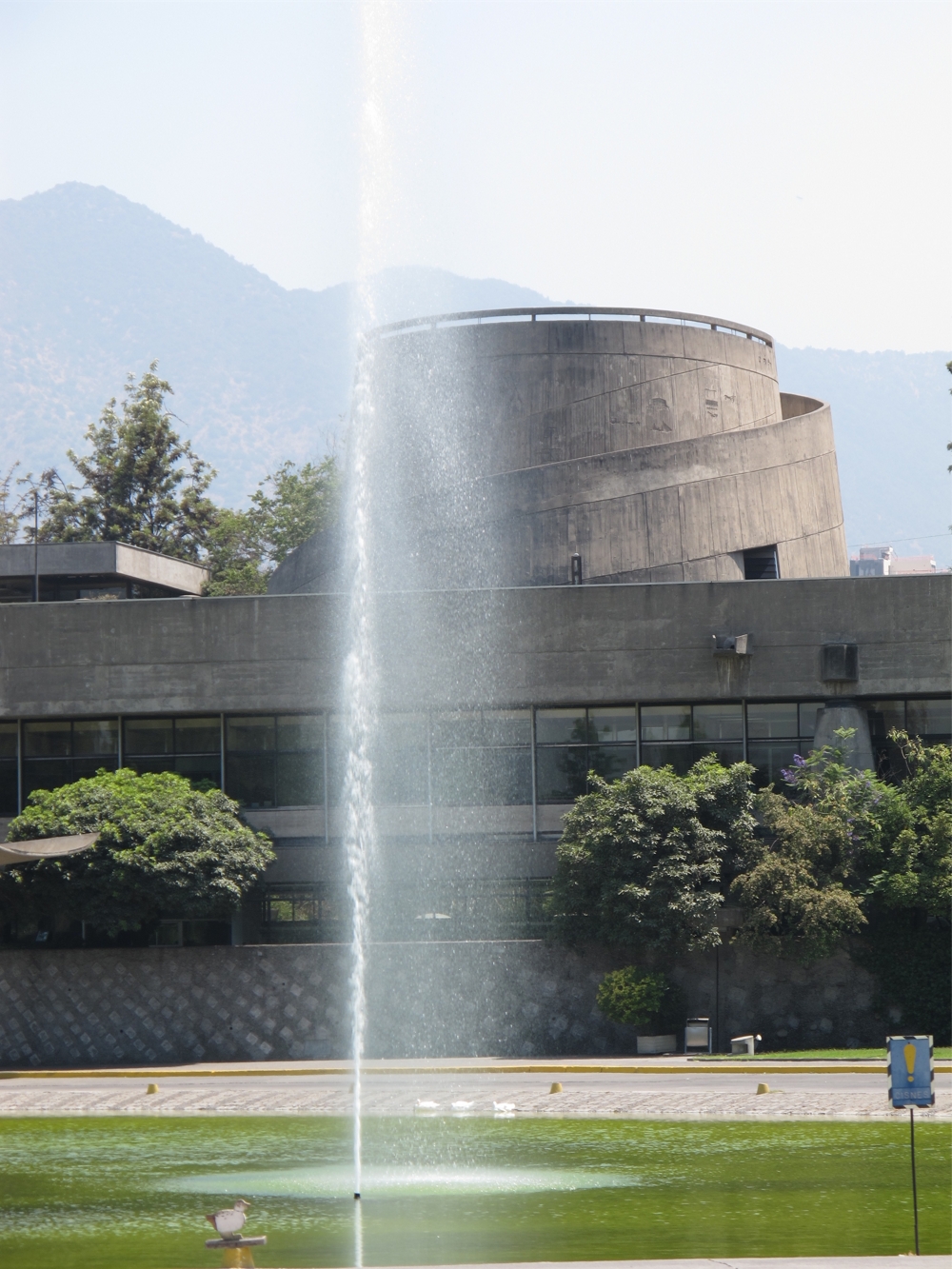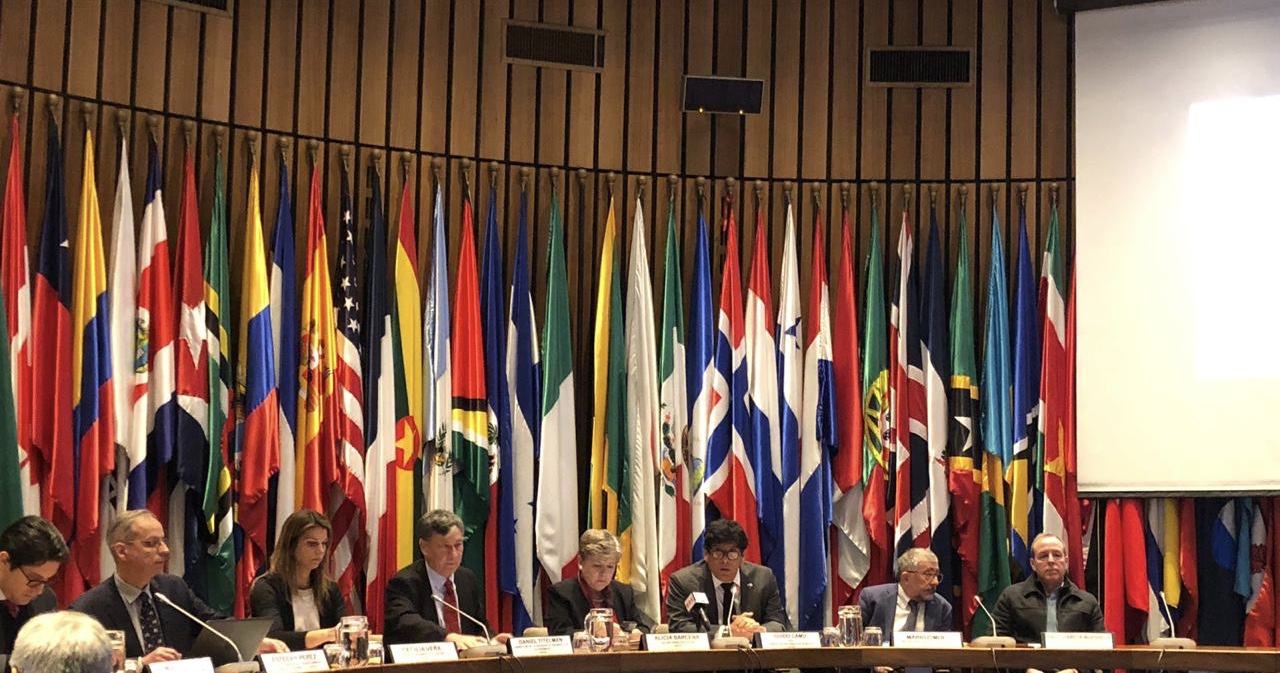In contrast to the global trend, foreign direct investment (FDI) flows to Latin America and the Caribbean increased by 13.2% in 2018 compared to 2017, totaling 184.287 million dollars, which reversed five years of falls.
Although the figure reached last year is still below the values recorded during the boom price cycle of raw materials, the Economic Commission for Latin America and the Caribbean (ECLAC) reported in Santiago, Chile that, “when analyzing the different components of FDI, it is observed that the recovery of dynamism in 2018 was not based on the entry of capital contributions, which would be the most representative source of the renewed interest of companies to settle in the countries of the region, but in the growth of the reinvestment of profits and loans between companies”.
The study shows great heterogeneity in national results: In 16 countries there is an increase in entries compared to 2017 and in 15 countries there is a decrease. Most of the growth of FDI in 2018 is explained by the greater investments in Brazil (88.319 million dollars, 48% of the regional total) and Mexico (36.871 million dollars, 20% of the total).
They are followed, in terms of the amount received, Argentina (11,873 million dollars, 3.1% increase over 2017), Colombia (11,352 million dollars, 18% drop), Panama (6,578 million dollars, increase in 36.3%) and Peru (6.488 million dollars, 5.4% drop). Entrances to Chile (6,082 million dollars) grew slightly (3.9%), but, as in 2017, capital flows to the country were clearly below the average of the last decade.
“In an international context of reducing FDI flows and strong competition for investments, national policies should not be aimed at recovering the amounts recorded at the beginning of the decade, but rather attracting more and more FDI that contributes to the formation of capital from knowledge and move towards sustainable production, energy and consumption patterns,” said Alicia Bárcena, ECLAC Executive Secretary.
“The increasing incorporation of a sustainable development approach in the strategic decisions of the main transnational companies in the world is an opportunity to design policies that accompany this paradigm shift,” said the senior official. The outlook for 2019 is not encouraging because of the international context. A drop of up to 5% in FDI inflows is expected, according to the report.
In 2018, FDI in Central America grew 9.4% compared to 2017 due to the momentum of Panama. In the Caribbean, the entries decreased 11.4% due to lower investments in the Dominican Republic (2,535 million dollars, -29%), the main recipient in this subregion.47% of FDI inflows in 2018 corresponded to the manufacturing industry, 35% to services and 17% to natural resources. On the other hand, cross-border merger and acquisition megaoperations were concentrated in Chile and Brazil, in the mining, hydrocarbons and basic services (electricity and water) sectors.
Regarding the behavior of Latin American transnational corporations, known as translatinas, the ECLAC document reports that the outflow of FDI from Latin American countries decreased in 2018 for the fourth consecutive year and reached 37.870 million dollars. 83% of direct investment abroad from Latin America originated in Brazil, Chile, Colombia and Mexico.
Most of the capital that entered the region came from Europe (which has a greater presence in the Southern Cone) and the United States (main investor in Mexico and Central America). China, meanwhile, lost participation in mergers and acquisitions in Latin America and the Caribbean, according to the report Foreign Direct Investment in Latin America and the Caribbean 2019.
Finally, the report indicates that 7.9% of FDI received by Latin America between 2012 and 2016 went to the agrifood chain, especially to the agribusiness sector, a percentage that rises to 15.5% in the case of Uruguay, 14.5 % in Paraguay, 14.4% in Mexico and 11.9% in Argentina. “FDI can contribute to the need for changes in regional agri-food chains to meet the environmental and social challenges of the coming decades,” concludes ECLAC.





 For Fórmate a Fondo
For Fórmate a Fondo